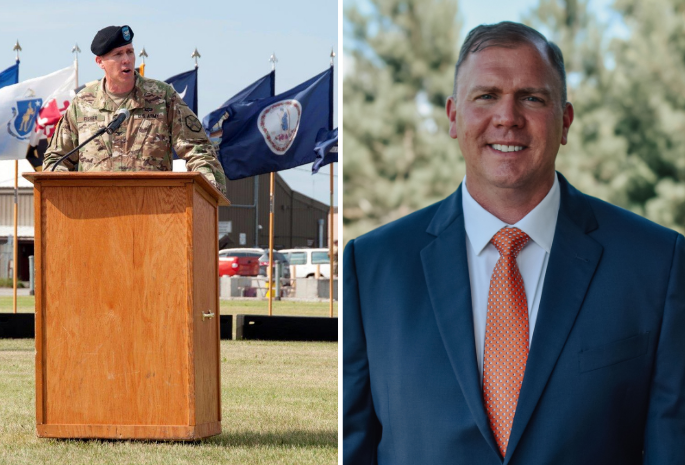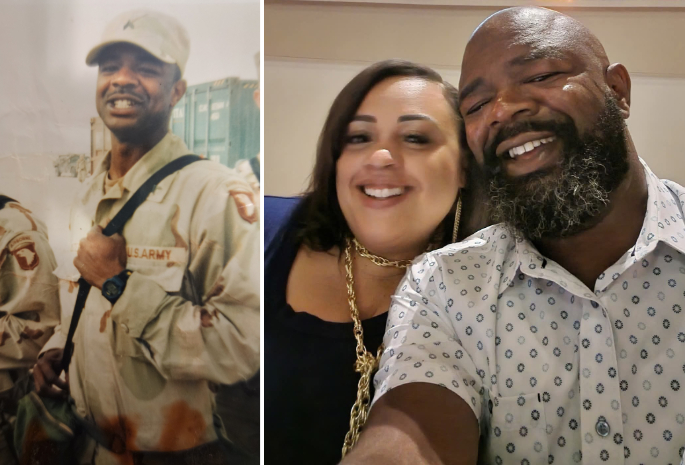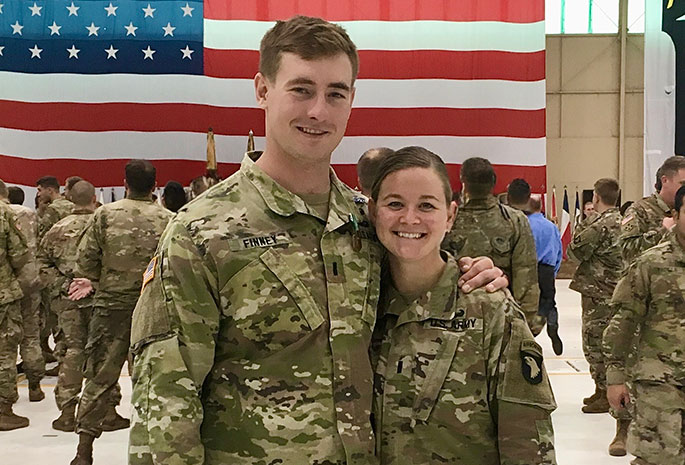For Patrick, one of the most difficult parts of treatment was confronting his triggers in real-world settings through in vivo exposure, a therapeutic approach to exposure therapy that helps veterans gradually face the situations they fear to reduce anxiety over time.
“I was involved in several improvised explosive device (IED) incidents during service,” he says, “so driving in heavy traffic, particularly in places I don’t know well, has always been difficult.”
Being in Atlanta for treatment pushed those limits. But with the support of his therapists, he gradually built confidence. “They kept encouraging me until eventually, I was driving at night without GPS, just navigating new areas on my own.”
That hard work paid off. Not long ago, Patrick traveled to New Jersey for a friend’s wedding. While out with a group, they decided to visit a crowded boardwalk, unaware it was also the site of a festival celebration that day.
“There were so many people, people arguing, being aggressive. Normally, I would’ve shut down or said, ‘Forget it, we’re leaving.’ But instead, I stayed calm.”
His friend, who had known Patrick during his more reactive years, was struck by how different he seemed. “He said, ‘Man, you’ve really changed.’ This was the same friend who used to ride with me in Houston, where I’d yell at traffic, and he’d say, ‘You know they can’t hear you, right?’”
Patrick acknowledges he still gets hesitant at times, but he now has the tools to breathe, refocus and move forward. “No roadside bombs have gone off since I’ve been living in the United States,” he says. “That’s the point of in vivo — being able to enjoy life again. I finally feel like I’m living the life I earned through my service.”




